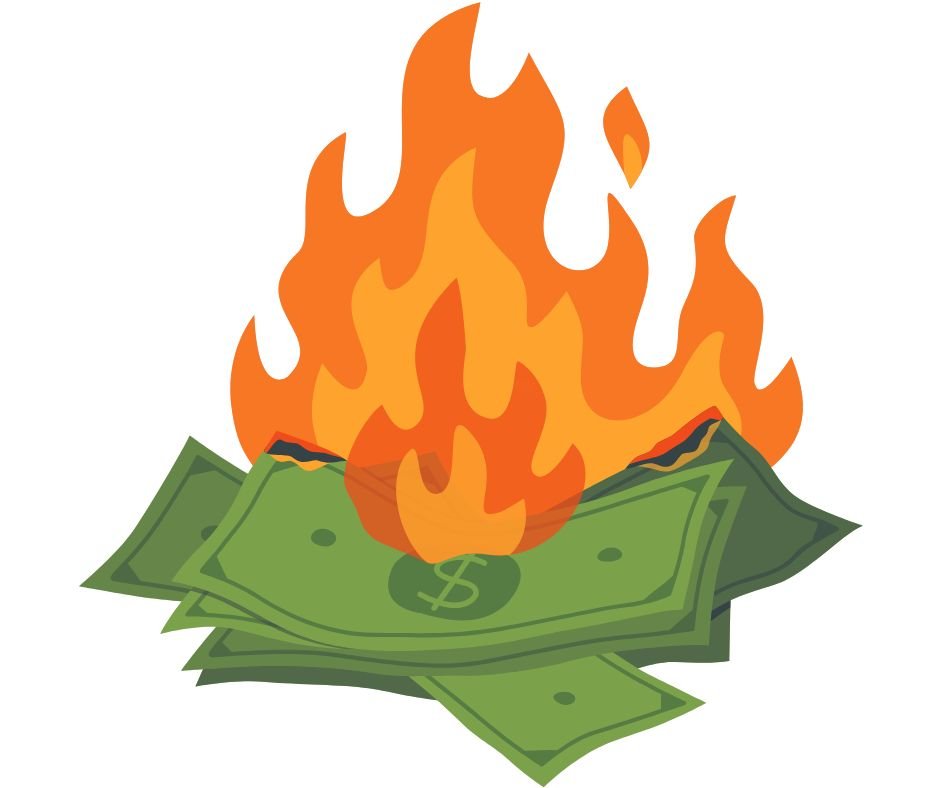
Getting Burned: A Taxpayer’s Guide to Wildfire Suppression Costs
Wildfire suppression costs are soaring to over one billion tax dollars per year. This is causing a fiscal crisis in the Forest Service which has exceeded its suppression budget almost every year for the last 20 years. The agency now spends nearly half of its total appropriated budget on firefighting, and has been forced to transfer billions of dollars away from several non-fire land management programs to pay for suppression. Recent legislative changes to suppression funding (e.g. the FLAME fund) may provide better accounting for suppression costs, but do not impose firm budgetary limits on suppression spending, nor absolutely prevent continued transfers of funds from other management programs to pay for firefighting.

A Reporter’s Guide to Wildland Fire
This Reporter’s Guide to Wildland Fire is intended to help journalists improve the accuracy, quality and value of their stories on wildfire events and fire management. Using tips and tools in this Reporter’s Guide will help journalists produce more powerful, informative and even inspiring news stories that reflect the best ideals of journalism. It is also hoped that this Guide will inspire more alternative and investigative reporting on wildfire events including a broader array of fire management issues beyond the stereotypical focus on emergency firefighting only

A Homeowner’s Guide to Fire-Resistant Home Construction
Defending homes from fast-spreading high-intensity wildfires is one of the most difficult and dangerous duties for wildland firefighters. FUSEE feels strongly that informing homeowners about fire-resistant construction materials will help wildland firefighters better protect communities, and reduce some of the risks to firefighter safety. Moreover, when rural homes and communities are better prepared for wildland fire, then more options and opportunities open up to properly manage fires to restore forests and grasslands degraded from past fire exclusion.

Collateral Damage: The Environmental Effects of Firefighting
The 500,000 acre Biscuit Fire was the Nation’s largest wildfire in 2002, and was the world’s most expensive wildfire suppression incident in history at that time. Although the wild area was over 85% wilderness and roadless area with tens of thousands of acres of climax old-growth forest, aggressive firefighting actions severely damaged the landscape, and the Biscuit Fire area became the largest USFS timber sale proposal in modern history when the agency planned to “salvage” log trees in areas severely burned by high-intensity backburning.

Guide to Fire Effects on Cultural Resources (BLM)
This document briefly synthesizes some of the technical information available on the effects of fire on cultural resources. This synthesis should assist cultural resource specialists with their contributions to fire management planning, compliance for prescribed fire projects, and participation in wildland fire use or wildfire events.

Wildland Fire Use in Roadless Areas: Restoring Ecosystems and Rewilding Landscapes
In May 2000, the Forest Service released a proposal to protect roadless areas on the national forests and grasslands from degradation through future roadbuilding. The Roadless Area Conservation Draft Environmental Impact Statement, coupled with an unusually severe fire season in 2000, precipitated an unprecedented level of discussion and debate on wildland fire management in roadless wildlands.
